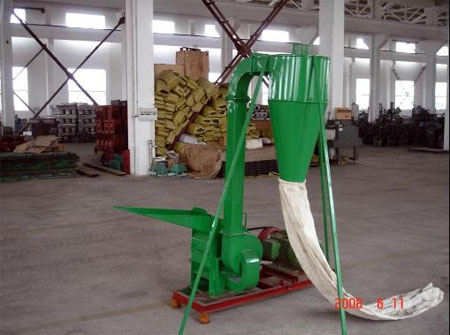Swing mill grinding causes appreciable oxidation of chlorite and biotite, and calcite becomes de-carbonated. Magnetite is not affected. Relatively large grains can survive up to six minutes continuous grinding.
THE recent developments of rapid instrumental analytical techniques necessitates faster sample preparation, particularly in the comminution of the rock or mineral specimen to a powdered sample. The swing mill has proved to be a very efficient rock crushing device, but there has been very little investigation on the effect of this crushing technique on the chemical composition of rocks and minerals. Fitton and Gill (1970) have investigated the effect of swing mill grinding on the ferrous oxide content of rocks, and have shown that there is, in some cases, a drastic lowering of the ferrous oxide content on grinding. This paper presents the results of further investigation of the effect of this grinding technique on rocks and minerals.

Materials investigated included a greenschist containing calcite and several hydrous minerals; pure samples of the minerals chlorite, biotite, magnetite, and actinolite; and a welded tuff containing no hydrous phases and a negligible water content. The grinding techniques followed are essentially similar to those described by Fitton and Gill (op. tit.) using a Tema laboratory disc mill model T100 with a tungsten carbide grinding barrel. Various crushing techniques were used on 50 g of fresh 1 cm cubes of sample.
Conclusions
The swing mill is a very effective method of reducing rock to a powdered form suitable for chemical analyses. However, there are some disadvantages. In nonhomogeneous materials, some of the more resistant components may not be crushed to the same size as less resistant components. This may be important where very small quantities are required for analysis.
Calcite tends to become decarbonated during crushing.
Some hydrous minerals are oxidizing during crushing. The degree of oxidation varies with the mineral.
X-ray diffraction patterns of crushed material become increasingly degraded with increasing crushing times.

